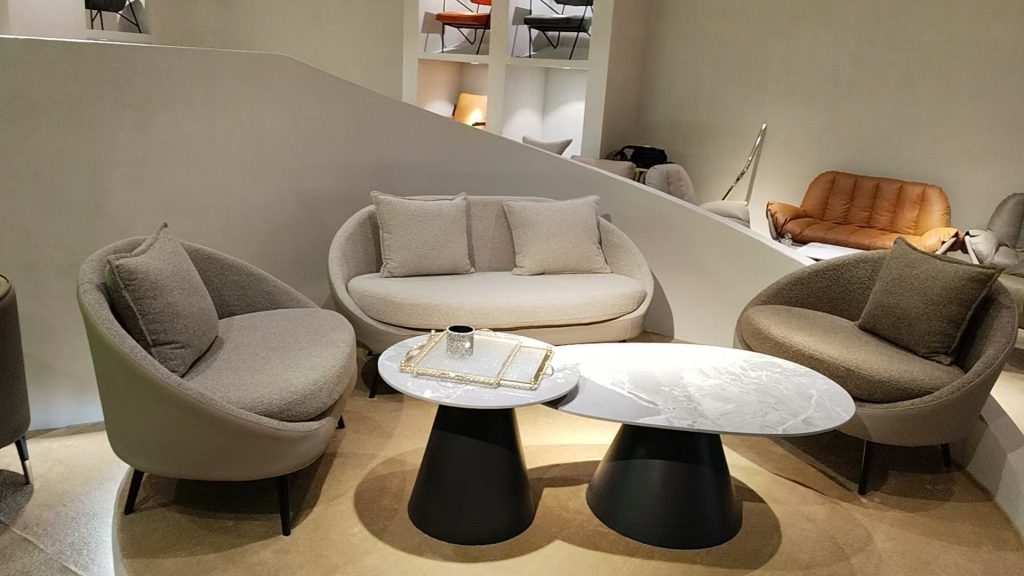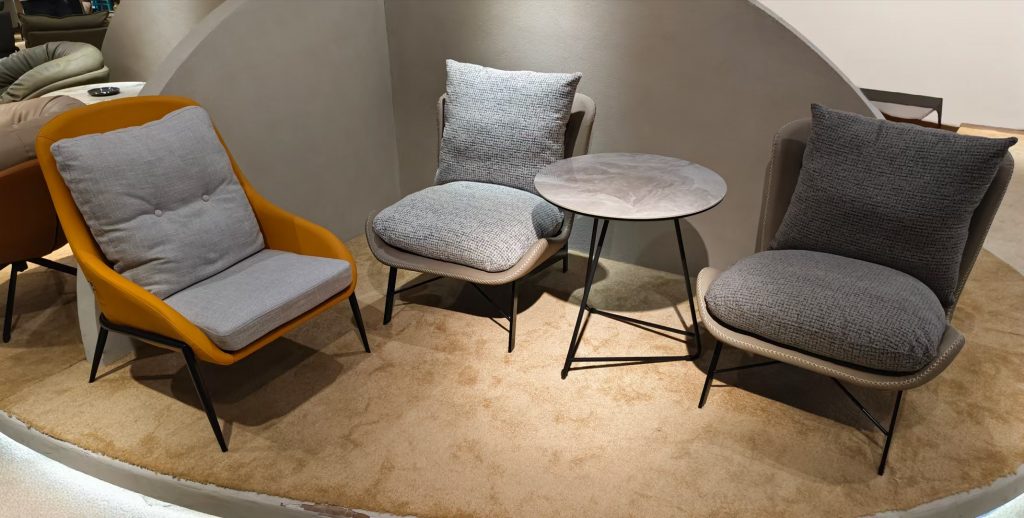The furniture manufacturing industry plays a pivotal role in shaping modern lifestyles, blending artistry with functionality to meet diverse consumer demands. Whether you’re a retailer, designer, or business owner seeking to launch a furniture line, partnering with the right manufacturer is critical to achieving quality, scalability, and cost-effectiveness. This guide explores key factors to consider when selecting a furniture manufacturer, emerging industry trends, and actionable strategies to streamline collaboration.
—
Why Partner with a Professional Furniture Manufacturer?
1. Expertise in Design and Production
Experienced manufacturers bring technical knowledge to transform raw materials into durable, aesthetically pleasing products. They often specialize in styles ranging from rustic to contemporary and can advise on material selection, structural integrity, and finishing techniques.
2. Cost-Effective Bulk Production
Manufacturers leverage economies of scale to reduce per-unit costs, making bulk orders accessible for businesses aiming to maximize profits. This is especially beneficial for retailers stocking inventory or brands launching new collections.
3. Customization and Flexibility
From modular designs to eco-friendly materials, modern manufacturers prioritize bespoke solutions. Many offer prototyping services, allowing buyers to refine dimensions, colors, and functionalities before full-scale production.
4. Global Compliance and Standards
Reputable manufacturers adhere to international certifications (e.g., ISO, CARB, FSC) and regulations, ensuring products meet safety, environmental, and quality standards for markets worldwide.
—
Key Considerations When Selecting a Furniture Manufacturer
1. Assess Manufacturing Capabilities
– Materials and Techniques: Inquire about the types of materials used (solid wood, engineered wood, metal, etc.) and production methods (handcrafted, CNC machining, etc.).
– Production Capacity: Confirm whether the manufacturer can handle your order volume and timeline without compromising quality.
– Technology Integration: Look for facilities using advanced tools like 3D modeling, laser cutting, or automated assembly lines for precision and efficiency.
2. Prioritize Quality Assurance
– Samples and Prototypes: Always request physical samples to evaluate craftsmanship, durability, and finish.
– Third-Party Inspections: Engage independent auditors to inspect factories, review workflows, and test products for compliance with specifications.
3. Evaluate Communication and Transparency
– Language Proficiency: Ensure the manufacturer has bilingual staff or reliable translation services to avoid miscommunication.
– Clear Contract Terms: Define deliverables, payment schedules, lead times, and penalties for delays or defects in writing.
4. Sustainability Practices
– Eco-Friendly Materials: Opt for manufacturers using recycled wood, non-toxic finishes, or FSC-certified timber.
– Waste Reduction: Inquire about zero-waste initiatives, energy-efficient processes, or carbon offset programs.
—
Emerging Trends in Furniture Manufacturing
1. Smart Furniture Integration
Manufacturers are increasingly embedding IoT-enabled features, such as app-controlled lighting, adjustable heights, or built-in storage sensors, to cater to tech-savvy consumers.
2. Circular Design Principles
A growing focus on sustainability has led to modular designs, repairable components, and take-back programs to minimize environmental impact.
3. AI-Driven Customization
Artificial intelligence tools now enable buyers to visualize designs digitally, generate 3D renderings, and automate production workflows.
4. On-Demand Manufacturing
Digital platforms connect buyers with manufacturers for small-batch or made-to-order production, reducing waste and inventory costs.
—
Building Strong Relationships with Manufacturers
Trust and collaboration are essential for long-term success. Strengthen partnerships by:
– Conducting Factory Visits: On-site inspections provide transparency into operations and quality control measures.
– Leveraging Technology: Use cloud-based project management tools to share designs, track progress, and communicate updates in real time.
– Negotiating Contracts: Include clauses for bulk discounts, exclusivity agreements, or penalties for underperformance.
—
Practical Tips for Efficient Collaboration
– Start Small: Begin with a trial order to test quality and reliability before committing to large volumes.
– Understand Trade Compliance: Ensure products meet labeling, packaging, and documentation requirements for international shipping.
– Plan Logistics Early: Coordinate with manufacturers on shipping terms (FOB, CIF) and timelines to avoid delays.
—
Final Thoughts
Choosing the right furniture manufacturer requires balancing cost, quality, and ethical practices. By prioritizing transparency, investing in prototyping, and embracing digital tools, businesses can forge partnerships that drive innovation and growth. As sustainability and smart technology reshape the industry, staying informed about trends and regulations will help buyers stay ahead of the curve.
—
Article link:https://www.vlefooena.com/manufacturer/4345/




No reply content